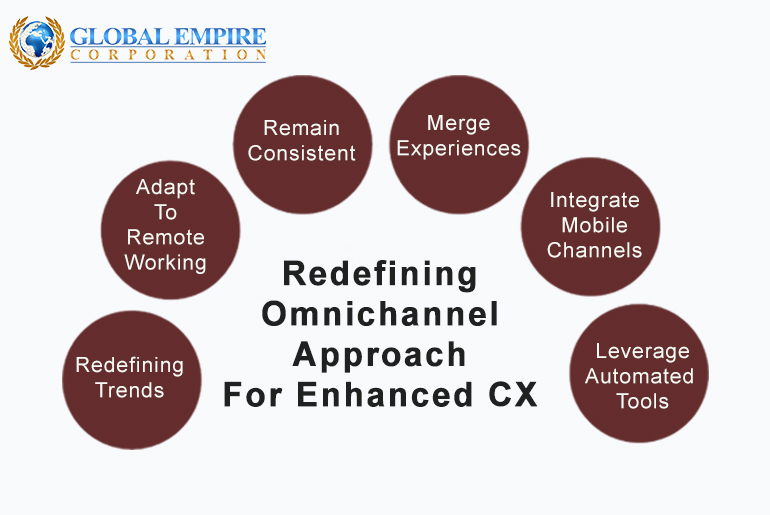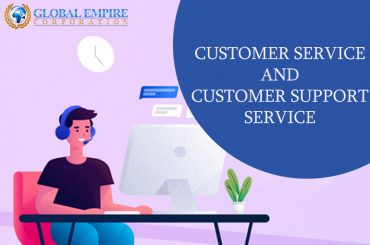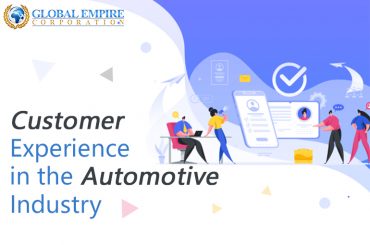Customers have shifted their preference to the internet. The offline method is still relevant but the younger generation, which was already inclined to go digital, has got a huge push to shift their focus to all the digital platforms. This applies to every form of service or product.
It was a huge event to go to a cinema hall with the family, so was going to an apparel shop on a weekend. With customers changing their preferences, the call comes to ensuring that their experience remains seamless in the digital world as well.
An omnichannel customer experience solution looks to increase the ability to move an interaction across different modes of communication. This flexibility is expected to remain for a longer time.
Redefining Trends
As digital consumerism rises, the offline mode may experience a little setback. This is expected to last for a short period. Various trends have redefined the omnichannel approach to offer an enhanced customer experience. Some of them continue to do so. Here are the top five trends that redefine the omnichannel approach for enhanced customer experience.
Adapt To Remote Working
The Covid-19 pandemic has pushed the corporate boundaries, forcing the companies to expand their working space to the home of every employee. This is estimated to go on forever.
Companies recorded their best administration budget while employees were working from home. Their responsibility ended with compensating their employees with a few basic expenses like internet charges. Other than the similar expenses, companies realized how economical THE work-from-culture was. Since this is estimated to continue for a longer time, companies will have to establish proper channels among the employees so that the customer does not feel the lack of communication among the departments of a company.
Many omnichannel software solutions are here to help. They centralize all the data and every piece of communication at one place where all the employees who have been granted access can view it.
Remain Consistent
Consistency has often been referred to as the performance of a sports player. It has rarely been linked to the corporate world. With changing times, the term consistent has now started to be linked to how a company treats its customers.
In general, consistency refers to a customer experiencing the best service by the company on every mode of communication. A customer that approaches a company with an issue on two different platforms expects to receive a similar reply. He or she must also be treated fairly irrespective of where the communication happens. All the firms that deal with customer experience management know that consistency is the key to top the industry.
It also prevents a company from suffering huge financial losses in the market. A customer drives the business of a company. One single negative feedback can lead to downfall and one positive feedback can uplift the company to greater heights.
Merge Experiences
A customer can contact the company either through online mode or offline mode. It is imperative to merge both experiences. A customer may have a preference but it must remain personal, free from signs like chat reply better than a telephone.
The gap would always prevail between the online and offline methods. The objective is to minimize that gap to redefine the omnichannel approach for enhanced CX. A company with an omnichannel CX solution in place retains a full-proof plan to minimize the gap. This ensures that the customer receives a seamless experience while unknowingly giving the edge to the company in the market.
The concept of merging the experience of a customer has proved to enhance customer retention. An issue lodged through a chat when followed up through a call must have a definite answer.
Integrate Mobile Channels
The young generation, 18-34 years of age to be more specific, relies a lot on its mobile device. A mobile device has fostered the generation to indulge in multi-tasking, hence promoting forms of communication that do not require a person to remain on one screen for a longer time.
This has given a boost to the system of connecting with a company through its chat system. Customers prefer to register their issues through either chat or email. They may be unable to take a follow-up through the same channel. When connected through the call, customers expect the company to remain updated with all the issues that they have reported through their mobile devices.
Companies also have a help desk that is accessed by customers who live nearby. The representative at the helpdesk must be equipped to answer all the questions that the customer had earlier registered through his or her mobile device. Nearly every business process outsourcing company has adopted this norm by offering access to its employees to all the relevant tools.
Leverage Automated Tools
The automated tools were originally meant to remain on-call service to help a customer connect with the appropriate department. Dialing 1 when asked by the machine would take the customer to a billing department, or any other department.
The same approach has been adopted by the companies to be deployed over the internet. The most famous one is social media, where a chatbot welcomes the customer immediately after he or she opens it for interaction. This is very effective as the customers feel acknowledged. Such automated tools can be customized to offer a personal experience as well.
The tools were made to be automated to reduce the response time of a company. It now works well to redefine the omnichannel approach for enhanced CX.
Final Words
The omnichannel approach to enhance CX has come a long way. With a lot to achieve, the field offers only evolution in the future. The trends mentioned above prevail in the industry. They can be accessed to redefine how a company establishes the best customer experience.
Also Read: 4 Key Aspects to Consider for Effective Customer Experience Analytics





